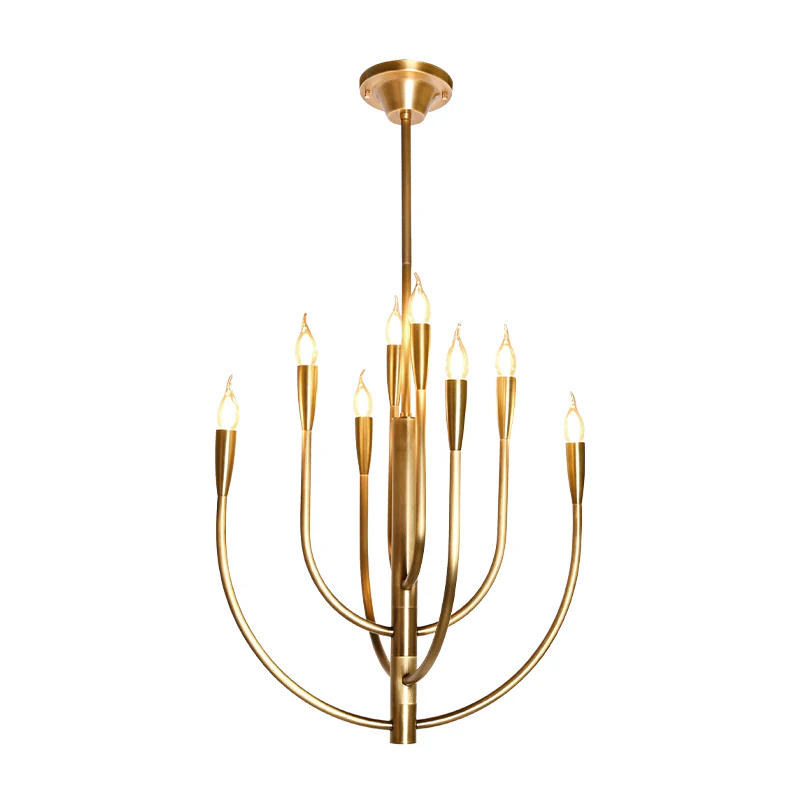Ultimate Guide to Ceiling Fan Height and Room Dimensions
Ultimate Guide to Ceiling Fan Height and Room Dimensions
Understanding Ceiling Fan Height and Room Dimensions
When it comes to selecting the right ceiling fan for your space, many factors come into play. One of the most crucial considerations is the height at which you install the fan, as well as the dimensions of the room itself. This guide will delve into the optimal ceiling fan height, the appropriate room sizes for different fan sizes, and best practices for a comfortable airflow experience, ensuring that your fan operates efficiently and effectively.
Why Ceiling Fan Height Matters
The height of your ceiling fan plays a significant role in its performance and the comfort of the room. If the fan is installed too low, it can cause airflow issues and may pose a safety hazard. Conversely, if it is installed too high, it may not provide adequate cooling. By taking room dimensions into account, you can ensure that your ceiling fan performs optimally.
Recommended Ceiling Fan Heights
| Ceiling Height | Recommended Fan Height | Notes |
| 8 Feet | Low-profile or flush mount | Installation height: 7-8 feet |
| 9-10 Feet | Standard ceiling fan | Installation height: 8-9 feet |
| 11 Feet and above | Extension downrod fan | Installation of downrod recommended |
Factors Influencing Ceiling Fan Height Selection
Choosing the right ceiling fan height is not solely about Aesthetics; it's about creating a comfortable environment. Several factors influence these decisions, including:
- Ceiling Height: The height of your ceiling is the first factor. Standard ceiling heights can range from 8 to 10 feet in most homes. Custom or taller ceilings may require special consideration.
- Fan Blade Length: Larger fans typically work better in larger rooms, while smaller units fit snugly in tighter spaces.
- Airflow Needs: High ceilings may require more airflow, thus necessitating the use of downrods to position the fan lower where it can move more air effectively.
Room Dimensions Impact on Fan Size
While ceiling height is essential, the overall dimensions of the room also play a vital role in deciding which ceiling fan to choose. A larger room requires a fan with a broader blade span to ensure proper airflow.
| Room Size (sq. ft.) | Recommended Fan Size |
| 100-150 | 36 inch blades |
| 150-300 | 44 inch blades |
| 300-400 | 50-54 inch blades |
| 400+ | 56 inch blades or larger |
Best Practices for Installing Your Ceiling Fan
Now that you understand the importance of ceiling height and room dimensions, let's look at some best practices for installing your ceiling fan:
- Measure the Ceiling Height: Before selecting a fan, measure your ceiling from the floor to determine the ideal mounting height.
- Choose the Right Fan Size: Based on your room dimensions, select a fan size that optimally fits the space.
- Consider Downrods: For ceilings higher than 10 feet, opt for a downrod that can bring the fan to a comfortable height for airflow.
- Follow Manufacturer Guidelines: Always adhere to the installation guidelines provided by the manufacturer to ensure safety and optimal performance.
Avoiding Common Mistakes
Many homeowners make common mistakes when installing ceiling fans, which can hinder performance. Be mindful of the following:
- Installing Too High: Avoid mounting fans too close to the ceiling where airflow is restricted.
- Using Inappropriate Fan Sizes: Ensure that the fan size matches the room size; a fan too small won’t provide sufficient airflow.
- Neglecting Airflow Direction: Remember to check the fan’s settings for seasonal changes; fan blades should rotate counter-clockwise in summer for a cooling effect and clockwise in winter to circulate warm air.

Maintaining Your Ceiling Fan
Once your fan is installed, proper maintenance will ensure it continues to operate efficiently. Regularly clean the fan blades, as they can accumulate dust and debris which may inhibit performance. It’s also a good idea to check the wiring and connections periodically to avoid any electrical issues.
Conclusion and Key Takeaways
In conclusion, selecting the right ceiling fan height and matching it with the appropriate room dimensions is essential for ensuring comfort and efficiency in your home. Here are some key points to remember:
- Consider your ceiling height to determine the best mounting options.
- Select a fan size that corresponds to your room dimensions for optimal airflow.
- Keep maintenance in mind to prolong the life of your ceiling fan.
- Don’t forget about airflow direction settings for seasonal adjustments.
By following this guide, you will not only enhance the functionality of your ceiling fan but also improve the overall ambiance of your space. Happy cooling!
